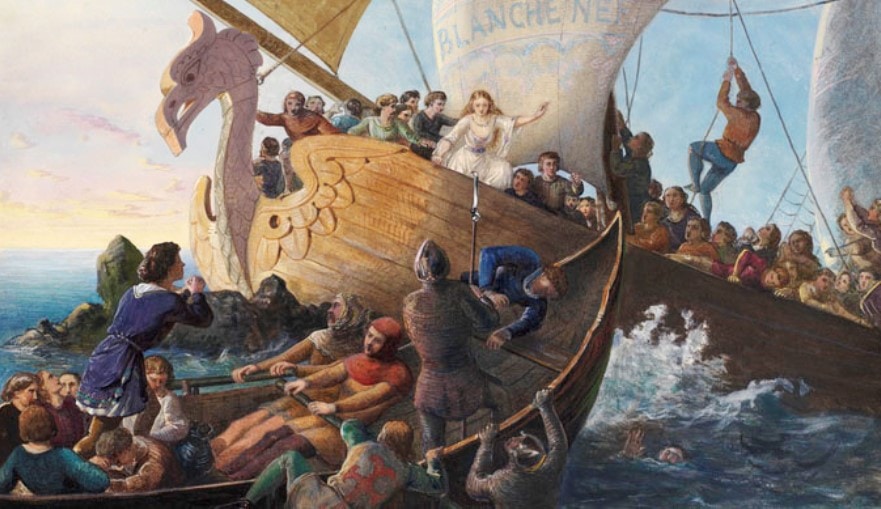Disaster is likely if somebody shouts “FIRE!” in a crowded theater – which is why that is frowned upon, to say the least. But what if the theater actually is on fire? In one nineteenth century incident, a theater caught fire, but the crew decided to lie to the audience that all was fine, and that they should stay in their seats. The results were tragic. Below are twenty five things about that disaster and other preventable catastrophes from history.
A Nineteenth Century Theater Disaster

On the night of December 5th, 1876, about a thousand playgoers were crammed into the Brooklyn Theatre to enjoy The Two Orphans, one of the nineteenth century’s more successful melodramas. All was normal until the intermission between the fourth and fifth acts, around 11 PM. The curtain was down, and as the orchestra played, the actors and stage personnel prepared for the next act. As the theatergoers waited for the play to recommence, they heard shouts and what sounded like a brawl on the stage behind the lowered curtain. Little did they know that it was the start of a tragic disaster.

A lamp had set fire to some scenery offstage, and theater carpenters who first spotted the flames tried to beat out and smother it. That did not work, and the fire spread. As the curtains rose for the final act, backstage employees tried to bring the fire under control. At this point, the most common-sensical course of action would have been to tell the audience to exit the theater, since it was on fire and all. However, some folk overthought things. They figured that telling the theatergoers about the fire could cause a panicked rush to the exits, and lead to disaster. So they decided to downplay the danger – and brought about an even greater disaster.

